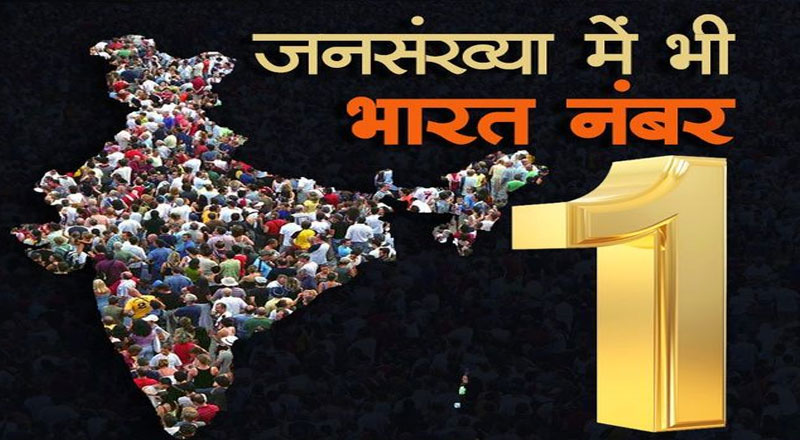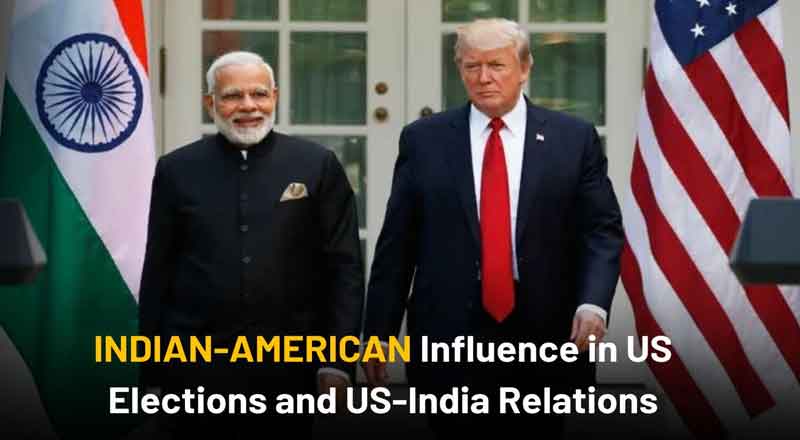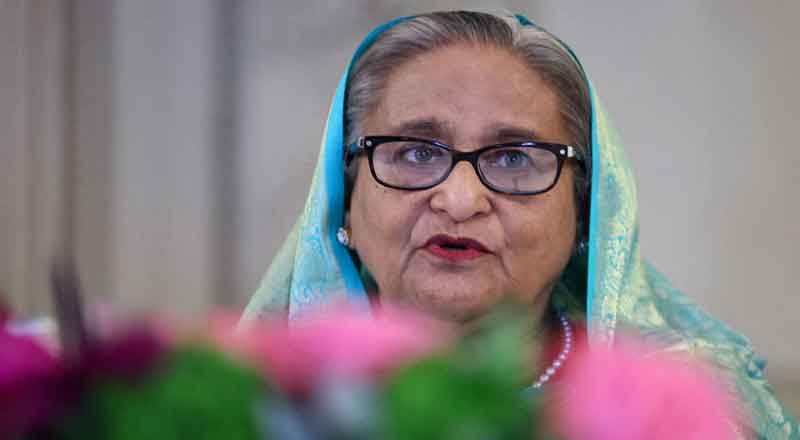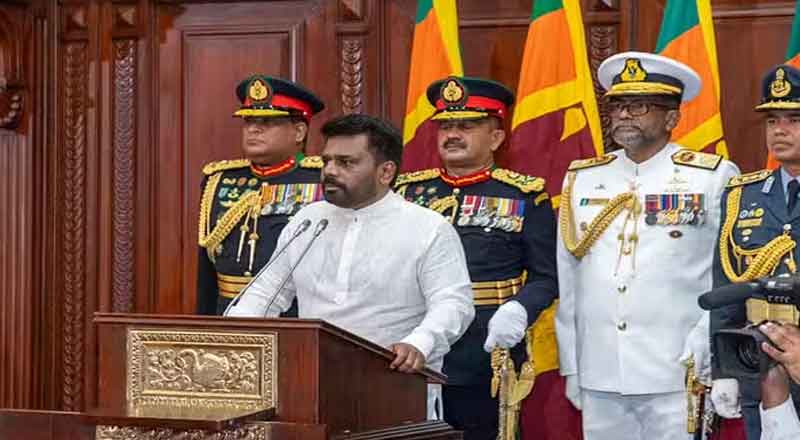- India has now become the most populous country in the world, surpassing China, data from a UN report suggests.
- The data showed that India now has 2.9 million more people than China.
- India’s population number is an estimate since there has been no Census in the country after 2011.
- The UN says their estimate does not include the population of China’s two Special Administrative Regions – Hong Kong and Macau – and the island of Taiwan.
- The report mentioned that 26 per cent belong to the 10-24 age group and about 68 per cent are in the 15-64 age category in India.
India has now become the most populous country in the world, surpassing China, data from a newly released United Nations Population Fund (UNFPA) report on Wednesday (April 19) suggests. The data showed that India now has 2.9 million more people than China.
The Asian nations have more than 1.4 billion people each, and have accounted for more than a third of the global population for over 70 years. India’s population number, however, is an estimate since there has been no Census in the country after 2011.
Also, the UN says their estimate does not include the population of China’s two Special Administrative Regions – Hong Kong and Macau – and the island of Taiwan, which Beijing sees as a breakaway province to be unified with the mainland one day. But Taiwan sees itself as distinct from the Chinese mainland, with its own constitution and democratically-elected leaders.
The latest data by the UNFPA’s “The State of World Population Report, 2023” stated that India’s population is 1,428.6 million while China’s stood at 1,425.7 million. The report is titled – “8 billion Lives, Infinite Possibilities: The Case for Rights and Choices”.
The UNFPA report emphasized that in India 25 per cent of the population constitutes children aged 0-14, whereas 18 per cent are those aged 10-19 years. The report further mentioned that 26 per cent belong to the 10-24 age group and about 68 per cent are in the 15-64 age category, while those above 65 are just 7 per cent.
Andrea Wojnar, Representative for UNFPA India, said in a statement: ” Population numbers should not trigger anxiety or create alarm. Instead, they should be seen as a symbol of progress, development, and aspirations if individual rights and choices are being upheld.”
In November, the global population crossed 8billion. But experts say growth is not as rapid as it used to be and is now at its slowest rate since 1950. Both India and China have seen declines in their fertility rates. This means in China, the population will start declining next year, despite the country abandoning its one-child policy in 2016 and introducing incentives for couples to have two or more children.
In India too, fertility rates have fallen substantially in recent decades from 5.7 births per woman in 1950 to 2.2 births per woman today.
A survey commissioned by the UNFPA had a majority of Indians saying that the population in their country was too large and fertility rates too high. Almost two in three respondents identified economic issues as top concerns when thinking about population growth.





